Asphalt: Urban GT 2

Buy
Part of collection:
Asphalt
(last 3 games)
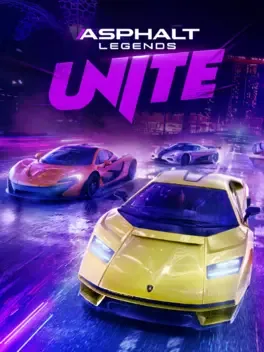
Continue your Asphalt legacy with Asphalt Legends Unite! Expand your garage and presitigious car collection as we unlock the world with crossplay, raising the stakes in multiplayer and co-op game modes, with action-packed gameplay that rewards skillful play and risk taking.
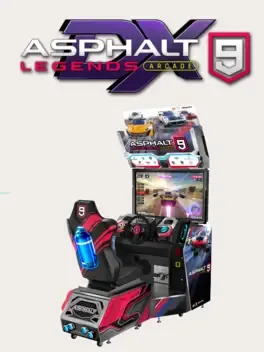
Tear up the asphalt and take on the world’s top drivers to become the next racing legend in the most thrilling arcade racing simulator available. Asphalt 9 Legends Arcade puts you behind the wheel of high-end supercars from the world’s most renowned car brands and manufacturers, such as Porsche, Lamborghini, W Motors, and many more. Drive, boost and perform stunts across dynamic real-life locations in single or multiplayer modes as you compete on global leaderboards, and work your way to collecting all 20 racing machines. With heart-pumping action and jaw-dropping graphics, no other racing game can compete.
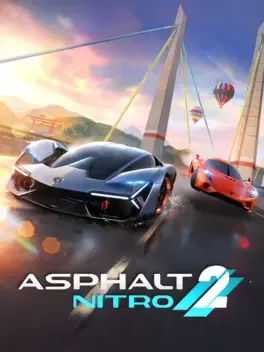
A sequel to Asphalt Nitro.
Could be interesting
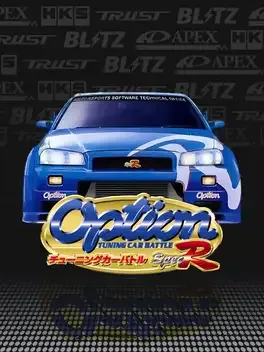
Option Tuning Car Battle Spec-R is the third in a series of PlayStation racing games sponsored by the Japanese magazine Option.

In Super Street: The Game it’s all about building your own ride. Start from scratch as you build your own supercar part by part. Use over 700 authentic car parts from the biggest aftermarket brands to create your ultimate ride and unleash it on the streets.
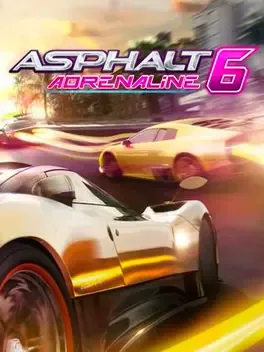
The sixth game in the Asphalt series.

The sequel to Pumped: BMX drops the colon from the title and adds much, much more.
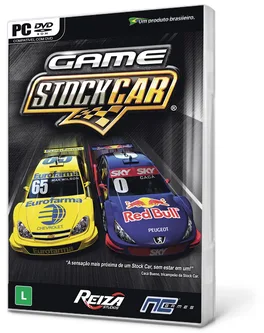
Racing game.
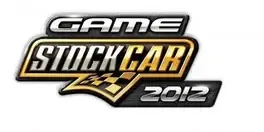
Racing game developed by Reiza Studios.
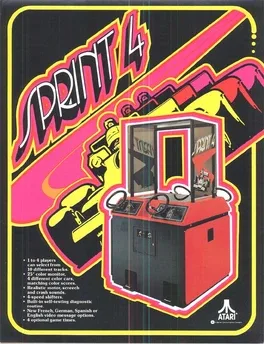
Sprint 4 is the sequel to Sprint 2. It added two additional players, color graphics, and more.
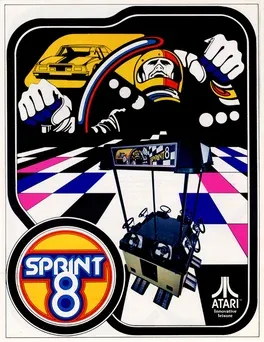
Sprint 8 is the third game in the Sprint series. Its most prominent new feature was the ability to play with eight simultaneous players.
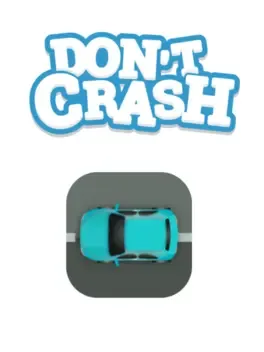
Drive in circles, racing another car, and do as the title tells you.
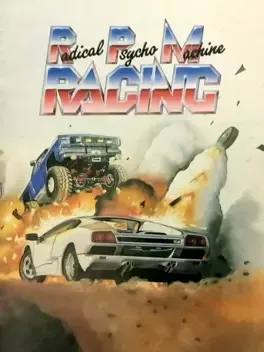
RPM Racing was preceded by Rareware's R.C. Pro-Am in 1988 and Electronic Art's Racing Destruction Set in 1985, with the latter being the larger influence. It is a precursor to Rock 'n Roll Racing, which was done by the same developer. Combat, obstacles and traction on the non-flat tracks play a significant role. There are 3 vehicle types to choose from that perform differently on pavement, dirt, ice, flat or bumpy tracks. Cars can be armed with oil, nitro and mines. Additionally, there are 3 levels of tires, engines, shocks and armor. There are full race season, single race and custom track modes. In 1 player games, the 2nd player is replaced with one of 8 AI opponents who are each associated with their own vehicle. In season mode, each track has an entrance fee and cash prize for placing 1st; often lesser cash prizes for lesser placements are also awarded. For an additional fee, racers can opt to move to a higher racing class (levels) where fees and prizes are bigger. Each class has its own set of tracks that the player may choose from. No track is mandatory or unavailable within a class. The player also has the option of going back to a lower class for free, which may become necessary if funds are eaten up be fees without winning prizes. However, going up always incurs a fee, even if the player has been there before. Custom track designing is not intuitive but fairly easy to learn. Players can set the track's laps, gravity and starting line type. Each track section can be pavement, dirt, or ice. Track sections are laid out like puzzle pieces on a 2D non-isometric grid (Pipe-Mania style). Sections include horizontal and vertical straights, four standard 90° turns, eight T-sections for diverging and converging multiple paths in any direction and a criss-cross. Either a horizontal or vertical special straight section is used as the starting grid. The starting grid can be oriented forward, reversed, face-off with player 1 forward, or face-off with player 1 reversed. 7 points are used to adjust the 6 slopes in straight sections to 5 different heights. Slopes can be flat (0:1), inclined (1:1), or steep (2:1). Non-straight sections can only be adjusted for height for the entire section at once. An isometric view of individual sections is provided to help to orient the section's design to the adjacent sections. If the edge of a section does not match the height of the adjacent section(s), the player is warned immediately but may proceed without correcting the error immediately. But such error must be eliminated before the track can be saved. Also required for a track to be saved is no dead ends, and a starting grid section. The track verification is surprisingly liberal, even allowing diverging and converging paths that are against the flow of traffic (like turning around and going the wrong way up a freeway merging lane). The AI opponents are generally not able to discern the fastest or shortest route and can even be diverted into a path with no natural exit, or with very clever path designs, valid lap paths can be entirely different for player 1, player 2 and AI players; which can lead to interesting traffic patterns.